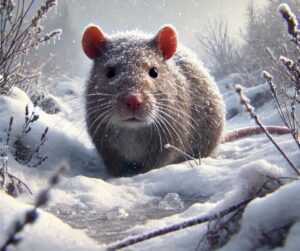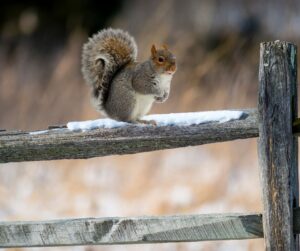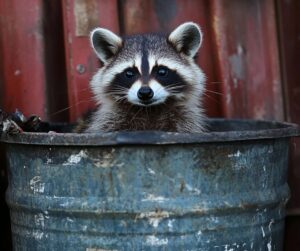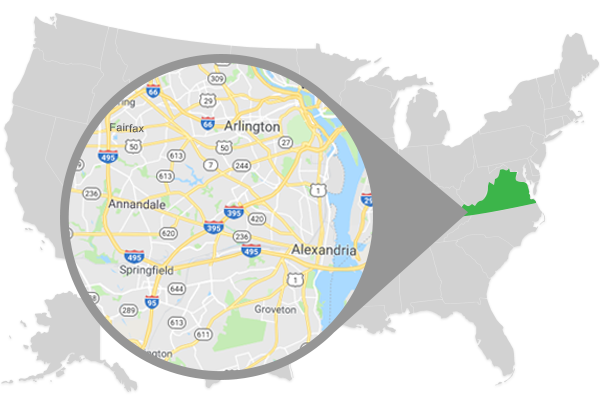
Are you wondering what happens to the various nuisance wildlife and pests in your home and yard when the temperatures drop? It seems like insects and rodents disappear after the first frost, but these pests might be lurking just below the surface. Some insects may migrate to escape the cold, while others are waiting out the winter as larvae, while others are overwintering in warm, secluded locations. Mice will find their way into homes or burrow into the ground, but rats cannot survive without humans, and will die if they cannot get into a manmade structure during the winter. Raccoons, snakes, squirrels and skunks will often retreat to their dens to lay low and enter a state of reduced activity during the winter, but they will get into your home if they are able, as homes and buildings provide the perfect shelter, warm and safe from predators. Thankfully, Summit Wildlife Removal can help, we offer pest control treatments year-round as well as wildlife inspections, seal outs/exclusions and removal.
Where Do Mice and Rats Go in the Winter?

Rats are actually more reliant on humans than mice are. Rats do not hibernate, but instead they will become more active as they search for food. If a rat has not found a warm, safe place to spend the winter, they will start to die once the temperatures start dropping. Some common places rats will build their nests in the winter include attics, chimneys, walls, crawl spaces, basements, sheds, and barns. All of these locations will provide warmth and protection from predators. Similarly to mice, rats can get in through extremely small entry points, and once inside, they can ruin your insulation, leave their droppings everywhere, gnaw on wooden structures, spread diseases like rabies, and raid your kitchen for sources of food. Leaving out pet food and not repairing plumbing leaks can provide easy food and water sources for these pests, making your home even more attractive as a winter home for them.
What Happens to Insects in the Winter?
One of the benefits of the onslaught of cold temperatures that winter brings is the population of insects significantly goes down. However, insects don’t all magically die off and then return every Fall-Spring cycle, so where do they go?
Some insects will adopt migration as a method of escaping the harsh winter temperatures. Monarch butterflies are the most famous example, as these insects are known for migrating to Mexico during the winter. Many insects will overwinter as larvae, either underground like grubs or under leaf litter like some caterpillars. Some insects lay eggs that will survive the winter, and some moths will overwinter as pupae until emerging as adults in the spring. Insects do not hibernate, instead they undergo a state where their growth, development and activities are suspended temporarily, called diapause. However, many insects will also enter diapause as mature adults throughout the winter. Ladybugs will congregate in great numbers to diapause together. Honeybees stay inside their nets or inside hollow trees during the winter, where they can survive through the generation of body heat and stored reserves of honey. Some insects will try to get inside your home to overwinter. Large wasps will often try to get inside attics and eaves for shelter during the winter. Cockroaches and stink bugs are two common insect pests that will find their way into your home during the winter.
Squirrels, Raccoons, Skunks and Snakes in the Winter

Pest Control and Wildlife Removal in the Winter





